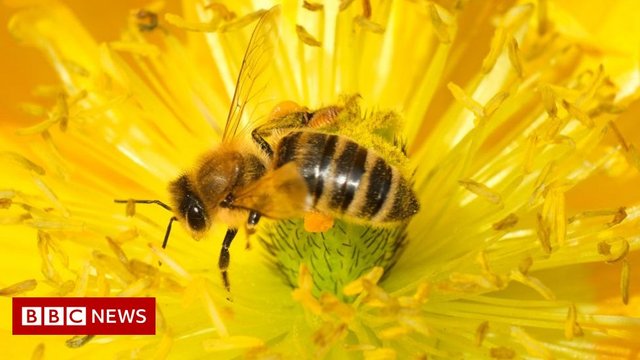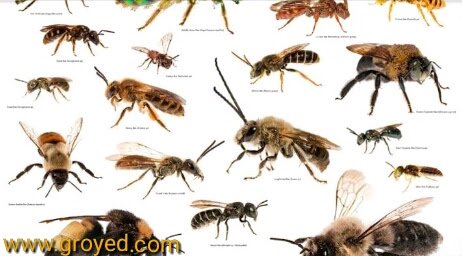
A bee is a member of the insect order Hymenoptera (which includes ants, bees, wasps, and sawflies). Bees are social insects that live together in colonies where they raise their young and gather pollen and nectar to feed them. They have three pairs of wings and two pairs of legs. Most species are herbivores, feeding mainly on the nectars produced by flowers. Some species are carnivorous, preying on other insects.
What are the types of bees?

There are three different types of bees that make their homes in our area. They are honeybees, bumblebees, and carpenter bees. Honeybees are native to North America, while bumblebees and carpenter bees are from Europe. All three types have similar characteristics but each has its own unique role in pollination.
Honeybees are the most common type of bee in the United States. They are responsible for producing honey and other sweet substances. They are known for being able to fly long distances without rest. Their bodies are covered in a waxy substance called propolis, which protects them from bacteria and viruses. Bees collect pollen from flowers and use this to fertilize the female eggs.
Bumblebees are smaller than honeybees, but they are still large enough to sting humans. Bumblebees are native to Eurasia and Africa. They are often confused with honeybees because they look like them, but they do not produce honey. Instead, they live in colonies with a queen and several males. These males are responsible for mating with females. Once the male mates with the female, he dies and becomes food for the colony.
Carpenter bees are small insects that build nests out of mud and wood. They are native to Australia and New Zealand. Carpenter bees are used for pollinating crops such as apples, pears, cherries, and almonds. They are also used to pollinate vegetables and fruits.
Scientific facts about bees
1. Bees are not insects but rather they are members of the insect order Hymenoptera. They have two pairs of wings that are used for flying and their bodies are covered with hair-like structures called setae. Bees are social animals; they live together in colonies where each bee has its own job. A queen bee lays eggs and a worker bee takes care of the young.
2. Honeybees are from the genus Apis. There are over 100 different species of honeybee, but only three are common in North America: the European honeybee (Apis mellifera), the Africanized honeybee (Apis dorsata) and the Carniolan honeybee (Apis florea).
3. Honeybees collect pollen from flowers and carry it back to the hive. Pollen contains protein, carbohydrates, fats, vitamins, minerals, enzymes, pigments, and other substances. This food is stored inside cells of the honeycomb until the colony needs it.
4. Worker bees use their stingers to defend themselves against predators and parasites. When threatened, a bee will raise her abdomen and extend her stinger forward. She then uses this stinger like a knife to cut into the skin of her attacker.
5. Honeybees can fly up to 30 miles per hour. Their flight speed varies depending on how much weight they are carrying. If they are carrying pollen, they fly slower than if they are carrying nectar.
6. Honeybees communicate using pheromones. These chemicals are released through glands located at the base of the abdomen. Some pheromone signals are sent between workers while others are used to mark a particular area as being safe or dangerous.